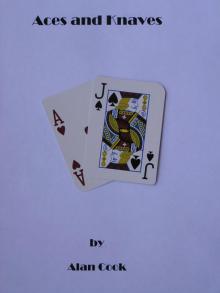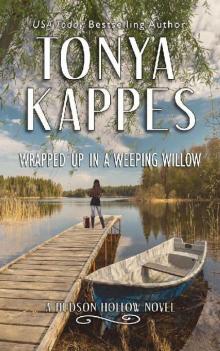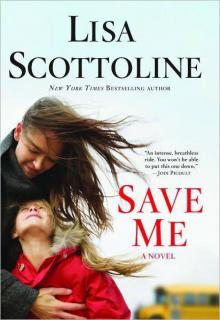FOREWORD When considering the manuscript of "The Blue Envelope" my publisherswrote me asking that I offer some sort of proof that the experiences ofMarian and Lucile might really have happened to two girls so situated.My answer ran somewhat as follows: Alaska, at least the northern part of it, is so far removed from the rest of this old earth that it is almost as distinct from it as is the moon. It\'s a good stiff nine-day trip to it by water and you sight land only once in all that nine days. For nine months of winter you are quite shut off from the rest of the world. Your mail comes once a month, letters only, over an eighteen-hundred-mile dog trail; two months and a half for letters to come; the same for the reply to go back. Do you wonder, then, that the Alaskan, when going down to Seattle, does not speak of it as going to Seattle or going down to the States but as "going outside"? Going outside seems to just exactly express it. When you have spent a year in Alaska you feel as if you had truly been inside something for twelve months. People who live "inside" of Alaska do not live exactly as they might were they in New England. Conventions for the most part disappear. Life is a struggle for existence and a bit of pleasure now and again. If conventions and customs get in the way of these, away with them. And no one in his right senses can blame these people for living that way. One question we meet, and probably it should be answered. Would two lone girls do and dare the things that Lucile and Marian did? My only answer must be that girls of their age—girls from "outside" at that—have done them. Helen C——, a sixteen-year-old girl, came to Cape Prince of Wales to keep house for her father, who was superintendent of the reindeer herd at that point. She lived there with her father and the natives—no white woman about—for two years. During that time her father often went to the herd, which was grazing some forty miles from the Cape, and stayed for a week or two at a time, marking deer or cutting them out to send to market. Helen stayed at the Cape with the natives. At times, in the spring, unattended by her father, she went walrus hunting with the natives in their thirty-foot, sailing skin-boat and stayed out with them for thirty hours at a time, going ten or twelve miles from land and sailing into the very midst of a school of five hundred or more of walrus. This, of course, was not necessary; just a part of the fun a healthy girl has when she lives in an Eskimo village. Beth N——, a girl of nineteen, came to keep house for her brother, the government teacher on Shishmaref Island—a small, sandy island off the shore of Alaska, some seventy-five miles above Cape Prince of Wales. She had not been with her brother long when a sailing schooner anchored off shore. This schooner had on board their winter supply of food. Her brother went on board to superintend the unloading. The work had scarcely begun when a sudden storm tore the schooner from her moorings and sent her whirling southward through the straits....

 A Noise Downstairs
A Noise Downstairs Aces and Knaves
Aces and Knaves Wrapped Up In A Weeping Willow
Wrapped Up In A Weeping Willow Trial & Error
Trial & Error Criminal Behavior--A Thrilling FBI Romance
Criminal Behavior--A Thrilling FBI Romance The Devil Went Down to Austin
The Devil Went Down to Austin Ghosts on a Plane
Ghosts on a Plane Save Me
Save Me